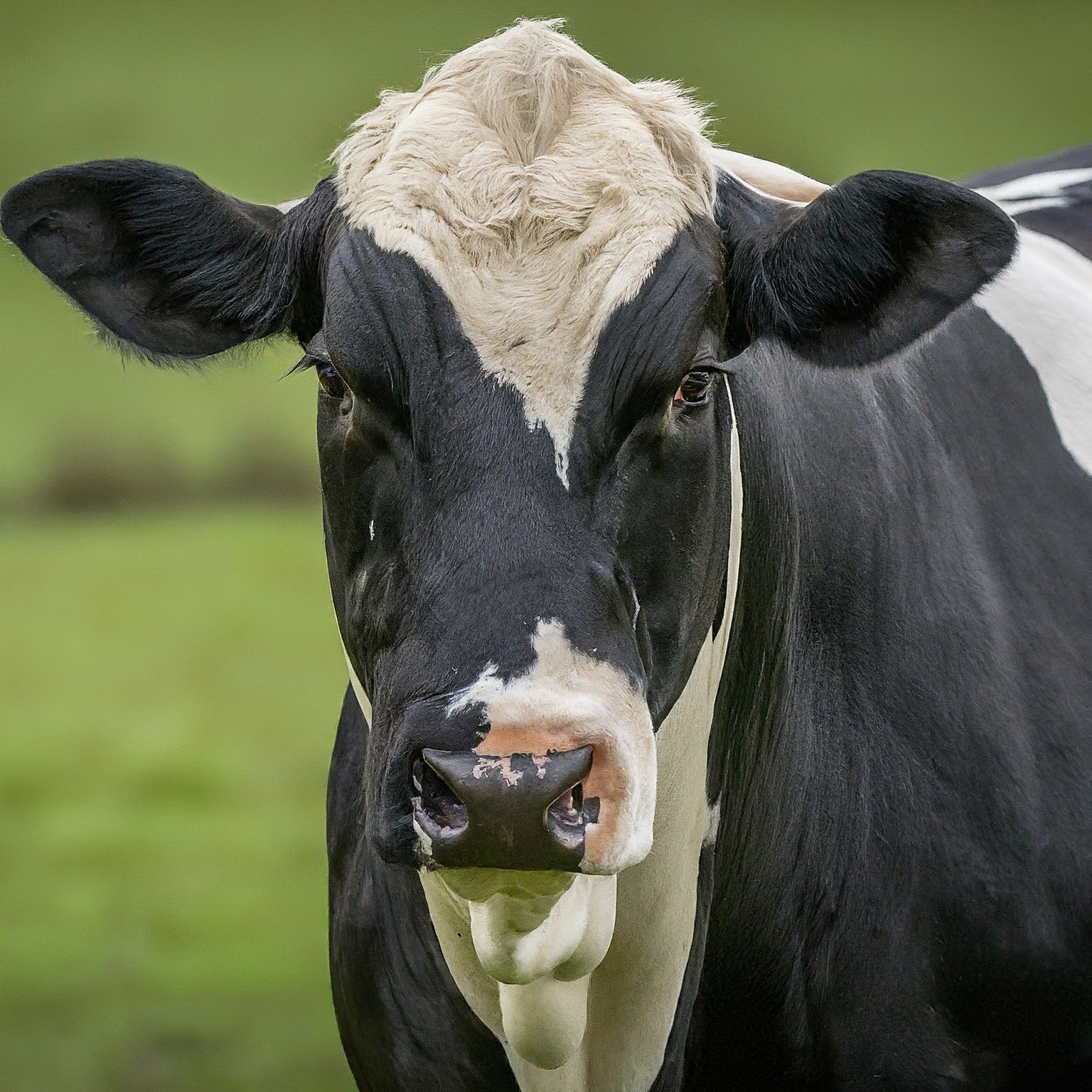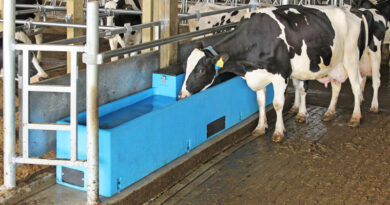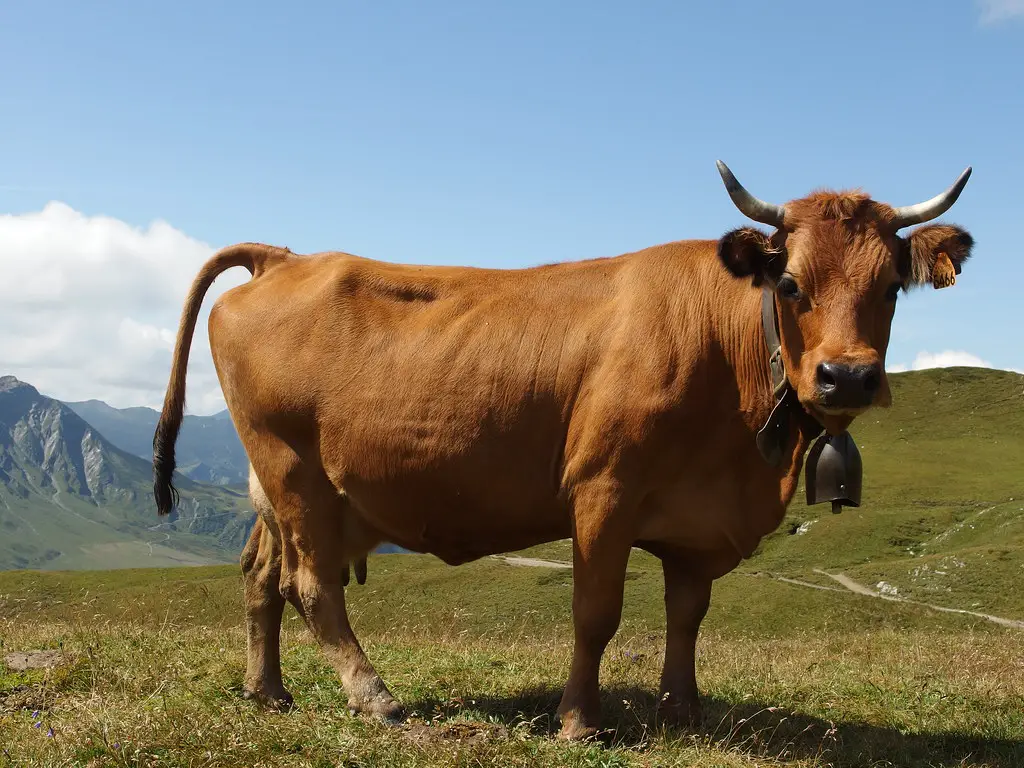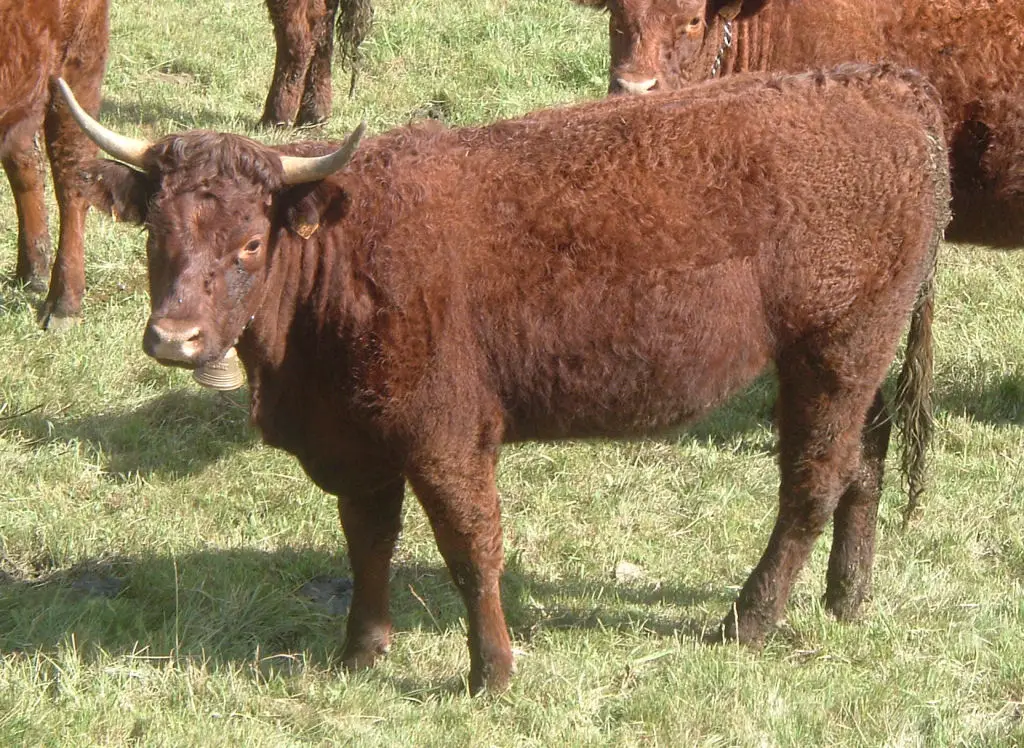Corriente Cattle: Origin, Characteristics, Pros, and Cons
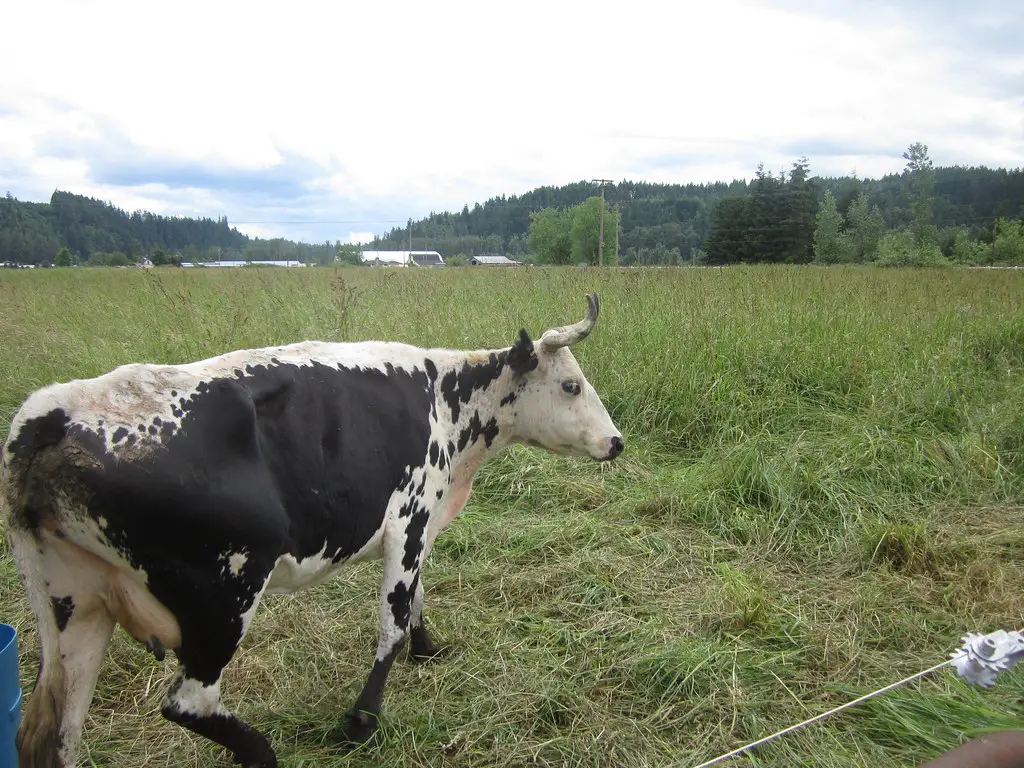
Corriente Cattle! If you’re looking for a cattle breed that’s as tough as nails, steeped in history, and surprisingly versatile, then you need to meet the Corriente. These small but mighty cattle are direct descendants of the first cattle brought to the Americas by the Spanish, and they carry centuries of hardiness and adaptability in their genes. Whether you’re into rodeo, ranching, or even homesteading, there might be a place for Corriente cattle in your life.
Origin
The story of Corriente cattle is one of survival and resilience. Their ancestors, Criollo cattle, were brought over by Spanish explorers in the 1500s. These cattle thrived in the harsh landscapes of Mexico and the Southwestern US, developing a reputation for their ability to withstand extreme conditions and forage on minimal resources. Corrientes essentially became the wild cattle of the region. Over time their uses shifted; they played a crucial role in the development of ranching and continue to be a favorite in rodeo events.
Corriente Cattle: Characteristics
Corrientes are easy to spot. They’re relatively small cattle, with cows averaging around 800 pounds and bulls reaching 1200 pounds. Their most striking feature is their horns, which can grow into elaborate curves, twists, and spirals. Corrientes come in a kaleidoscope of colors and patterns, adding to their visual appeal. But don’t let their size fool you, these are tough, athletic animals built for survival. They’re known for their hardiness, disease resistance, and excellent calving ease.
Pros
Let’s dive into why someone might choose Corriente cattle:
- Rodeo Ready: From roping to steer wrestling, Corrientes are rodeo stars. Their agility, quick reflexes, and natural athleticism make them well-suited for these demanding events.
- Low Maintenance Masters: Corriente cattle are the ultimate easy keepers. They thrive on marginal pastures where other breeds might struggle and are known for their exceptional foraging abilities.
- Lean and Flavorful Beef: Health-conscious meat lovers are taking notice of Corriente beef. Its naturally lean profile and grass-fed flavor offer a delicious and healthy alternative to some conventional choices
- Adaptable and Resilient: Whether you’re facing drought, heat, or rugged terrain, Corrientes can handle it. Their ability to survive in challenging environments is a major advantage.
Cons
It’s important to get the full picture, so let’s consider some of the potential downsides of Corriente cattle:
- Smaller Size: If you’re focused solely on maximum beef production, Corrientes won’t be your top choice due to their smaller frame compared to traditional beef breeds.
- Independent Streak: While generally docile, Corrientes can retain some of the survival instincts of their wild ancestors. They can be a bit more independent-minded than some other domesticated breeds.
- Finding Your Herd: Corrientes might not be as readily available as more common cattle breeds, depending on your location.
Corriente Cattle Characteristic Table
| Characteristic | Description |
|---|---|
| Size (Mature Cows) | Approx. 800 lbs |
| Size (Mature Bulls) | Approx. 1000-1200 lbs |
| Horn Shape | Long, often with elaborate curves, twists, and spirals |
| Color Variations | Wide range including black, brown, red, spotted, brindle, etc. |
| Temperament | Generally docile, but retain athleticism and some independence |
| Primary Usages | Rodeo, beef production (especially grass-fed), smaller homesteads |
FAQ
Let’s address some common questions about Corriente cattle:
- What are Corriente cattle good for? Corrientes excel in rodeo events, provide lean beef on marginal land, and can be a great fit for smaller homesteads or hobby farms due to their smaller size and easy-keeper nature.
- How big do Corriente cattle get? Cows typically weigh around 800 pounds, while bulls average 1000-1200 pounds. They’re considered a smaller-framed breed.
- Can you milk a Corriente cow? While you can milk Corriente cows, their milk production is lower than specialized dairy breeds. They’re primarily raised for beef or rodeo.
- What is the disposition of Corriente cattle? Corrientes are generally known for their gentle nature. However, their athleticism and survival instincts mean they can be quick and independent when needed.
Beef Corriente Cattle
The lean, grass-fed beef from Corriente cattle is gaining popularity among consumers seeking healthier and more sustainable options. Their ability to thrive on less-than-ideal pasture makes them a good choice for ranchers focused on environmentally conscious beef production.
Corriente Cattle for Sale (Craigslist, Texas, and Beyond)
If you’re interested in adding Corrientes to your operation, here’s where to look:
- Online Marketplaces: Craigslist and similar websites often have listings for Corriente cattle.
- Breed Associations: The North American Corriente Association (https://www.corriente.us/) is a great resource for finding breeders
- Livestock Auctions: Keep an eye on local livestock auctions, as Corrientes may be available in your area.
- Texas: As a breed with historical ties to Texas, it’s often a good place to start your search.
Corriente Cattle Crossbreeding
Some ranchers crossbreed Corrientes with other breeds to introduce specific traits. For example, crossing with a larger beef breed can increase carcass size, while retaining some of the Corriente’s hardiness and adaptability.

Conclusion
If you’re looking for a hardy, versatile, and unique breed of cattle, the Corriente deserves serious consideration. Their rich history, athleticism, and low-maintenance requirements make them an attractive choice for a variety of purposes. Remember to weigh the pros and cons carefully to determine if they’re the perfect fit for your ranch or homestead.
Got any thoughts or experiences with Corriente cattle? Share them in the comments below!

